|
The first flight of the Cessna 172, by Project Test Pilot EB "Fritz" Feutz in prototype N41768 (msn 612), took place at Wichita on Sunday, 12 June 1955. CAA Type Certificate 3A12 was issued on 4 November. N41768 was scrapped in the 1950s but the first of 44,000+ production 172s survives in perfect condition. N5000A (msn 28001) has been accurately restored by Dennis Ozment to original condition. When acquired for restoration it had 4,400 hours TTSN, the original engine and surprisingly the skin was in remarkably good condition. The corrugated control surfaces had not aged so well and were replaced. With the paint stripped the lines of the original colour scheme were visible and served as a guide for restoting the factory Cardinal Red colours. These photographs taken at the 2018 AirVenture illustrate Ozment's restoration. Between 1956-59 another 3,756 straight tails followed N5000A before introduction of the swept fin 172A and then half-a-century of evolution and refinement. Changes in the airframe can be followed in the Type Certificate (available online) or Ron Smith's handy Cessna 172 A Pocket History (2010) A readable first person account of 172 design and development can be found in Cessna Engineering Test Pilot William D Thompson's Cessna Wings For The World, The Single Engine Development Story (1991). And here the 2024 Textron 172S Skyhawk - (the name changed to Textron with msn 172S11615 in 2015) displaying feathers in its plumage, or are they stylized corrugated control surfaces? (Textron Aviation Incorporated)
Ian M Macdonald 6,400 images loaded now
0 Comments
Since 1971 the Brown Arch has been a landmark on the Experimental Aircraft Association grounds at Oshkosh, initially as the entry point to the annual EAA fly-in and now a favourite meeting point at AirVenture. In front of the arch is a paved area of 3,000 bricks available for paid inscriptions, quarter, half or whole brick. The 70 years of memories across generations makes for fascinating reading and it can be hard to stop browsing the memories of long ago summers and tributes to absent family, friends and heroes. And, the odd mystery. Experimental Aircraft Association photograph. A family remembers summer visits from the Halcyon Days of homebuilding to 2020 An almost local hero also commemorated on the Runnymede Air Forces Memorial in England Great loss This one drew me back every year - what did happen that Sunday at Mingo Junction?
Ian M Macdonald 6,200 image loaded to date Junker W-33f CF-AQB (msn 2586) at Gray Rocks Inn on Lac Ouimet in the Laurentians north of Montreal. The 12-dog team would have been drawn from the Siberian Huskies bred by resort owner Harry Wheeler. The Junkers was still at work in the 1950s with Pacific Western Airlines. Gray Rocks Inn closed in 2009 and was lost to fire in 2014. Les Éditions d'Art Jackie, Quebec, undated post card printed on a fragile fibourous card. Luscombe 8E N1575K (msn 4302) and an unidentified Taylorcraft with a four-dog team somewhere in Alaska Frashers Fotos, Pomona CA, post card #F9087, undated This photo was published in the August 1957 edition of CANADIAN AVIATION. Was the Hurricane restored? What was its identity and does it survive either as a complete aircraft or as part of a composite restoration?
Ian M Macdonald 6,000 images loaded to date Peter Bowers also owned the Continental-powered 1947 Curtiss Pusher replica NX5704N built by Walter Bullock, now held by the Western Antique Aeroplane & Automobile Museum in Hood River OR. There are photographs of it posed with various antique cars and modern jet aircraft such as this 1960 image of Bowers and the Curtiss with an X-15 and B-52 mother ship at Edwards AFB. Photo, which is cropped, via Peter Bowers, photgrapher unknown. And there is this oft-used image. In his book A Complete Guide To Aviation Photography (Tab Books, 1980) Bowers explained how the photograph was taken; A special "Then and Now" action impossible to get from a fixed poition. The photographer was in the back of a pickup truck on a taxiway at Boeing Field, Seattle. The author was in his replica of a 1912 Curtiss Pusher at the head of the runway while the Boeing 707 Jet Transport Prototype was airborne a couple of miles downwind and lined up with the runway. At just the right time, the Pusher and the pickup started off together and the Pusher moved over toward the taxiway to fly formation on the pickup, which had stabilized at a speed of 50 mph. By holding steady formation the Pusher eliminated the time-speed-distance variables between it and the camera. The 707 then dragged by over the runway as slowly as it could (about 120 mph), the pilot keeping the pickup in sight over the wing of the Pusher. Use of a 10-inch (2X) lens on the Speed Graphic reduced the apparent distance beween the planes and also the actual size differential. The photographer was Byron Wingett of Boeing using a Speed Graphic set to 1/500 at f.11 on Kodak TriX film. It's not hard to imagine slide-rule wielding Boeing engineers clustered around a desk planning the timing required for the photo. Those odd aircraft pairings used to illustrate progress bring to mind this post card produced twenty years before of Douglas DST NC16006 overtaking a stagecoach. Is it great photography or good darkroom trickery? Did pilot, teamster and photographer plan this perfectly or was a double exposure created in a darkroom?
Post card undated, published by Brace Erion Incorporated, East Aurora NY Ian M Macdonald 5,500 images loaded to date Twenty years since his death Peter Bowers remains a strong prescence among aviation enthusiasts and historians through his many aviation reference books, articles and photographs, not to mention the Bowers Fly Baby homebuilt plane.
This is a fine Bowers photograph of four of his planes at Seattle c1959, two homebuilts and two Aeronca C-3s. N1338N (2) the 1953 Story Experimental II was part-owned by Bowers and appears to have influenced his design for the Bowers Fly Baby homebuilt. N4940V (1) the 1954 Sorrell Biplane began life as the 1930 White Special and later the Smith Special before transformation by Hobart Sorrell. The Aeroncas are N11291 (msn A-123) a 1931 C-3 and N13082 (A-246) a 1933 PC-3. The three pilots are unidentified, possibly fellow Boeing employees. Ian Macdonald 5,000 images loaded to date A post card of Tri-County Regional Airport (LNR) in southwest Wisconsin as it was shortly after WWII, the rotating beacon tower a reminder of Lone Rock's 1930s days as an emergency field at the junction of two air mail routes.
Air Marker "4312" indicates the airport latitude, 43 degrees 12 minutes N. The meaning of "C-TC 15" is obscure but "TC" likely identified Tri-County Airport. The photographer captured some types typical of the period; an Aeronca 65-TC Tandem, BT-13A NC55604, Ercoupe NC87195, a distant Cessna 120 and wingless Fairchild PT-23. (L L Cook Company, Milwaukee) Ian Macdonald 4,300 images loaded to date Through the courtesy of Kenneth Swartz over 150 colour views of Canadian Cessnas from the collection of the late Douglas Broadribb have been added to the site. Taken in the early 1960s they include many of the colourful Cessna factory paint schemes of Detroit's duotone era. This evocative 1958 post card shows a typical selection; Cessna 172 N8530B in the lead, a 182, a 182 Skylane and a 310.
(Newfer Color Card Company, Dexter Press card # 7776B) Ian Macdonald 4,000 image loaded to date A found snapshot of an intriguing lineup, presumably used in the production of an aviation movie. Tim Dubé has identified the airport as Van Nuys CA and narrowed the date down to 1946-1949 when the Aviation Maintenance Corporation occupied the former Navy-Lockheed Service Center hangar in the background.
The derelicts appear to be, from the right, a DH-4 fuselage, the Pitcairn PA-7S C95W now displayed in the EAA Aviation Museum, a Stearman 4 (?), a Curtiss JN-4 or derivative, a Travel Air followed by a jumble of parts including perhaps a JN-4 fuselage pointing skyward and another JN-4. Could that bare metal fin at far left be a Vultee V-1? Ian Macdonald General Aviation Album is a home for my accumulation of aviation photographs, negatives and digital images. I fixed on a website as the most convenient way to find and view the many unindexed images stored in multiple boxes and on my computer. The site is concerned with aviation history rather than photography so this is not the place to look for superb aviation art. General Aviation here is defined as just about any civilian flying machine except airliners and the so-called business jets. The definition borders are elastic, some military liaison and basic trainers appear as do some small feeder airliners. The emphasis on North American light aircraft reflects my primary interest. Many of the photographs were not taken by myself but came to me as gifts, by trading or purchase. Regrettably, some photographers' names are unknown, if you find one of your images here without credit do let me know so that your name can be added. Site searches can be made by aircraft type, registration mark or the manufacturer's serial number. 1,700 images have been added to date. Ian M Macdonald, Ottawa |
AuthorWrite something about yourself. No need to be fancy, just an overview. Archives
April 2024
Categories |

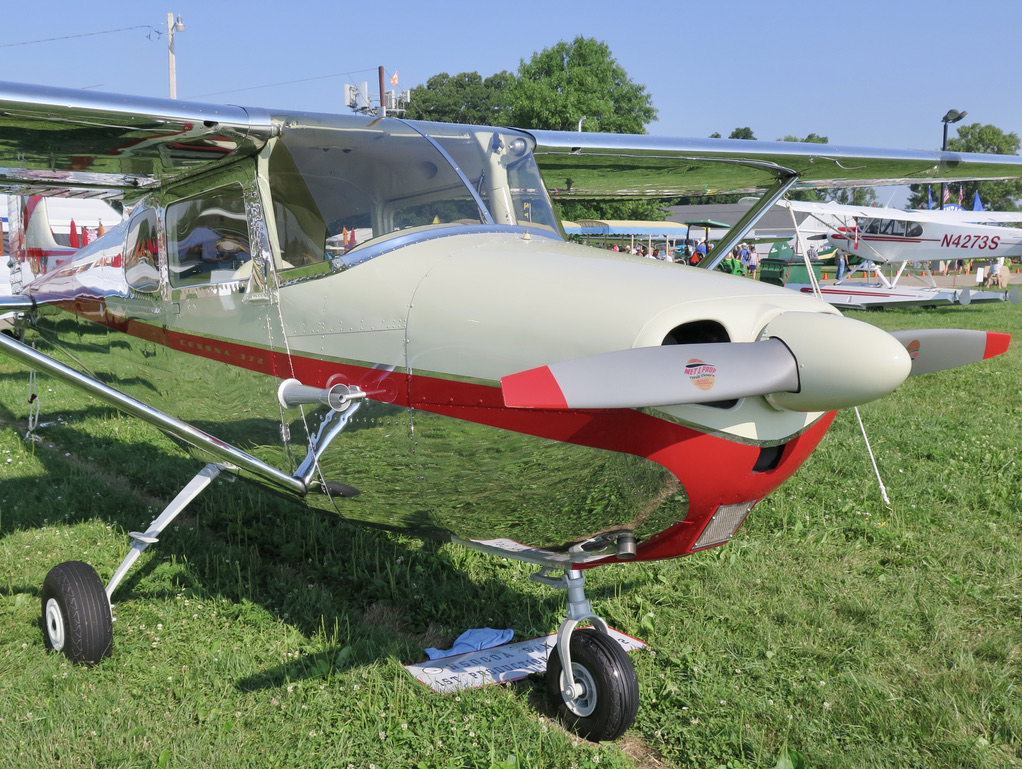
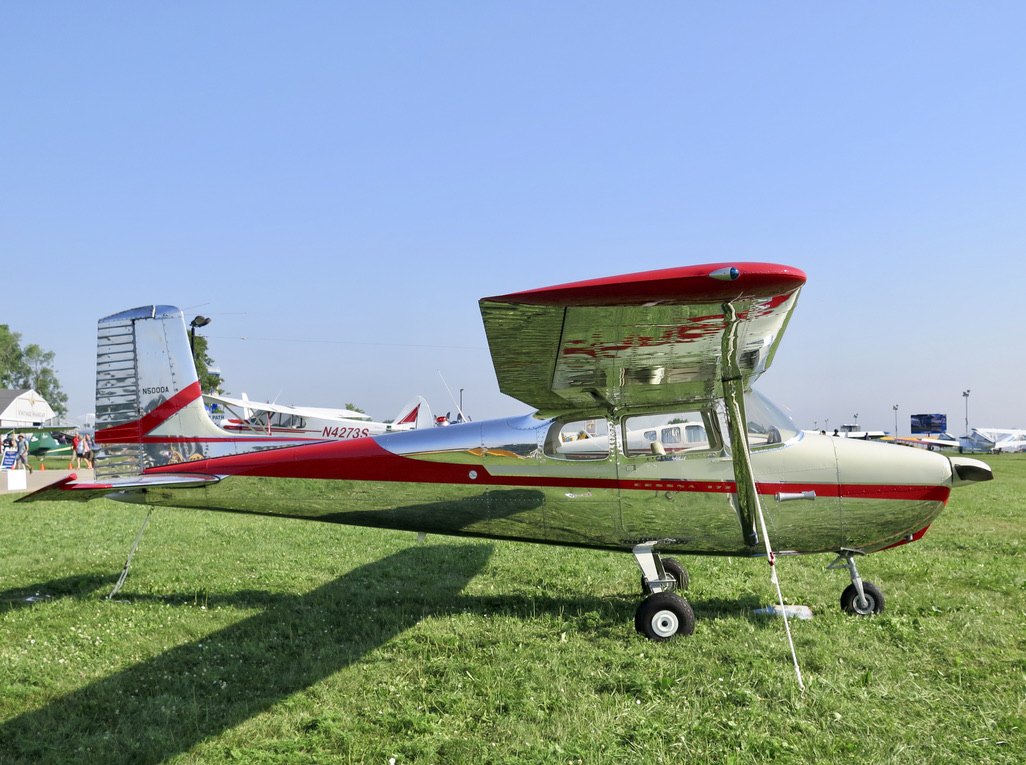
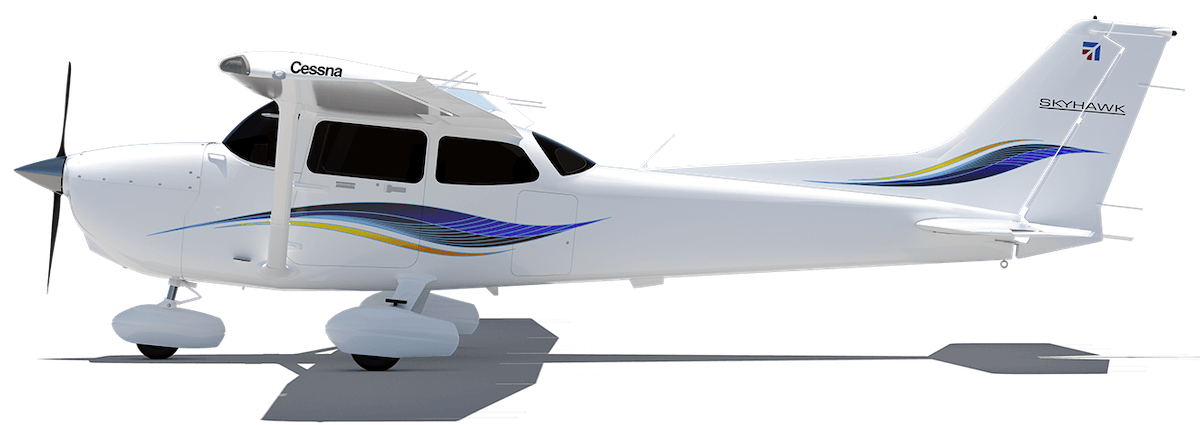
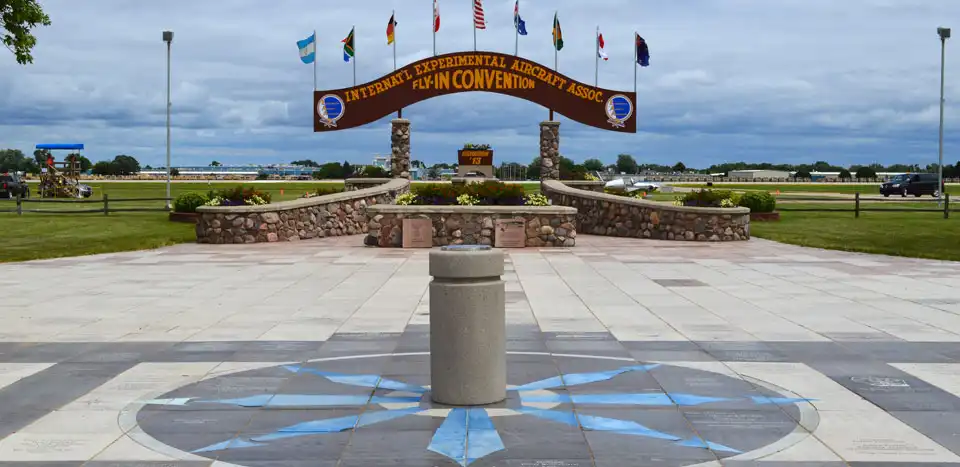
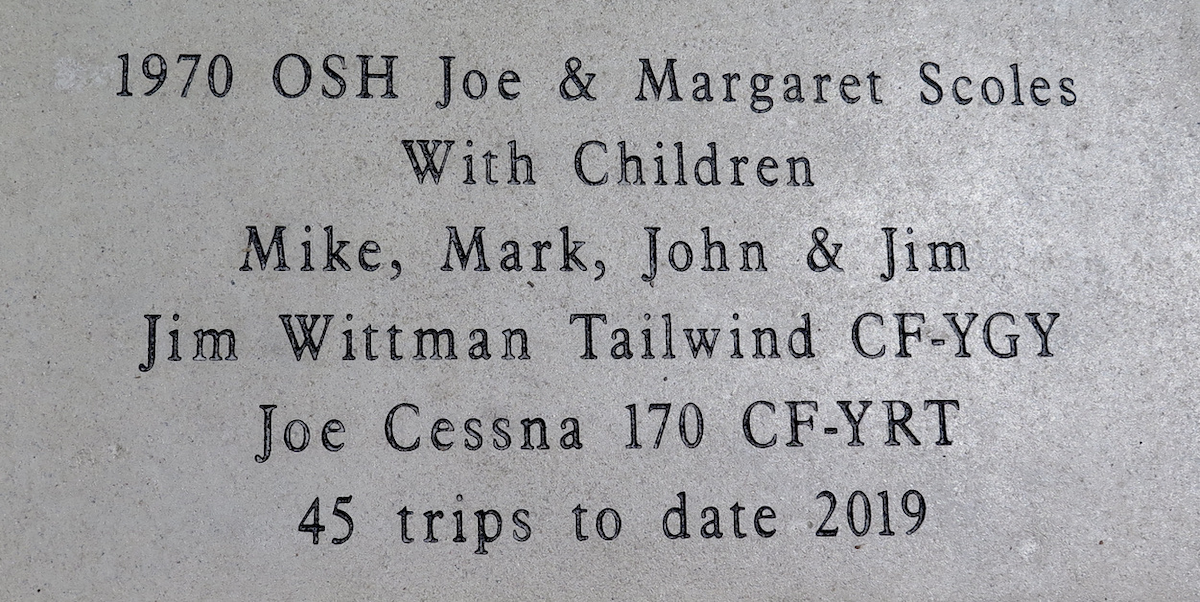
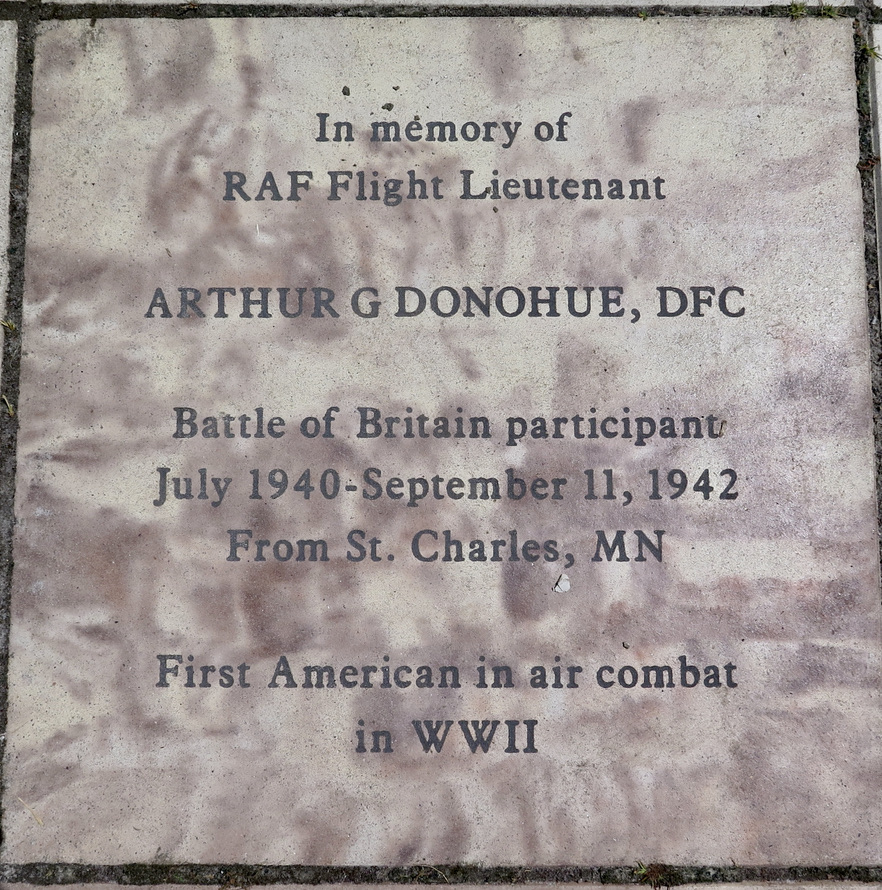
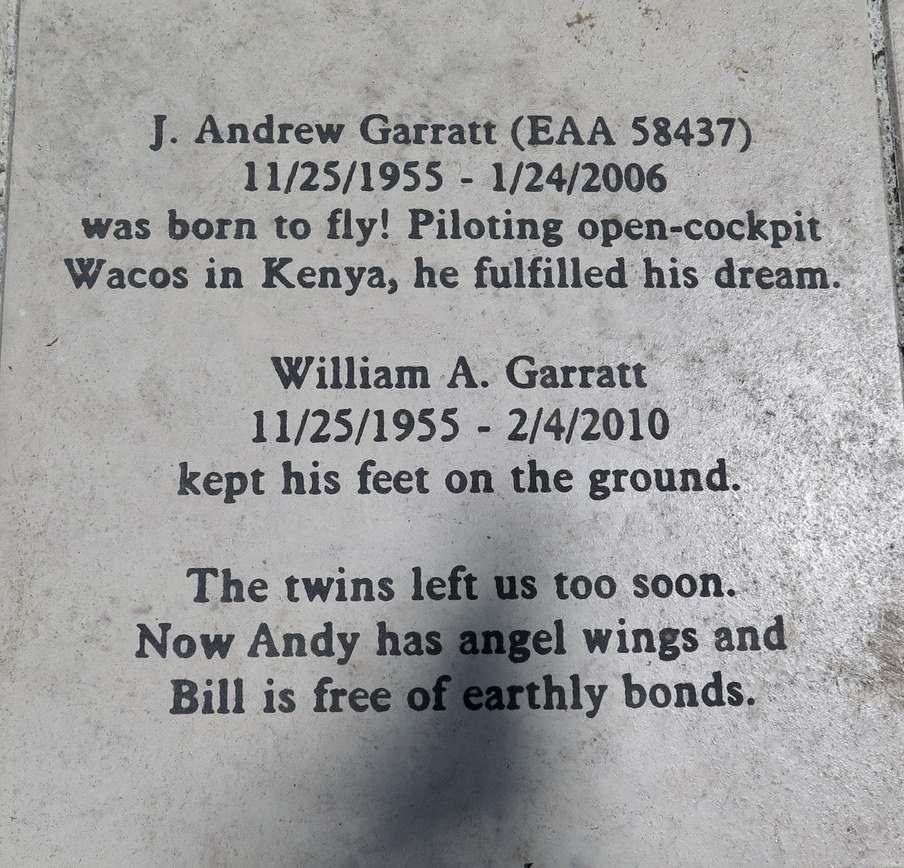
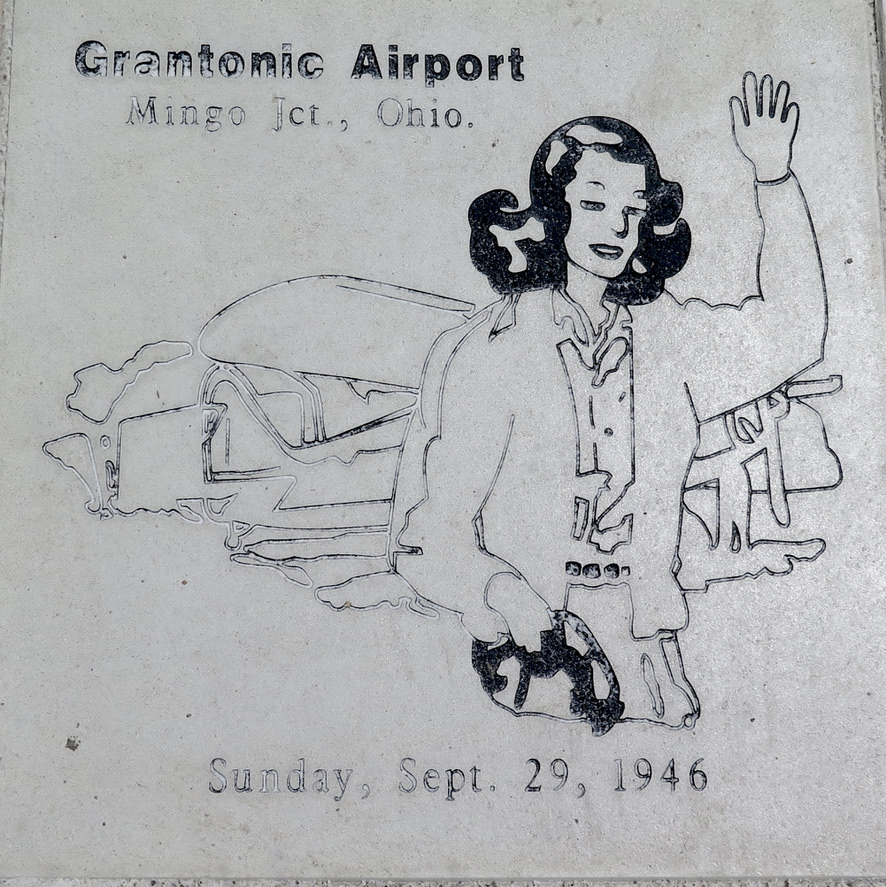
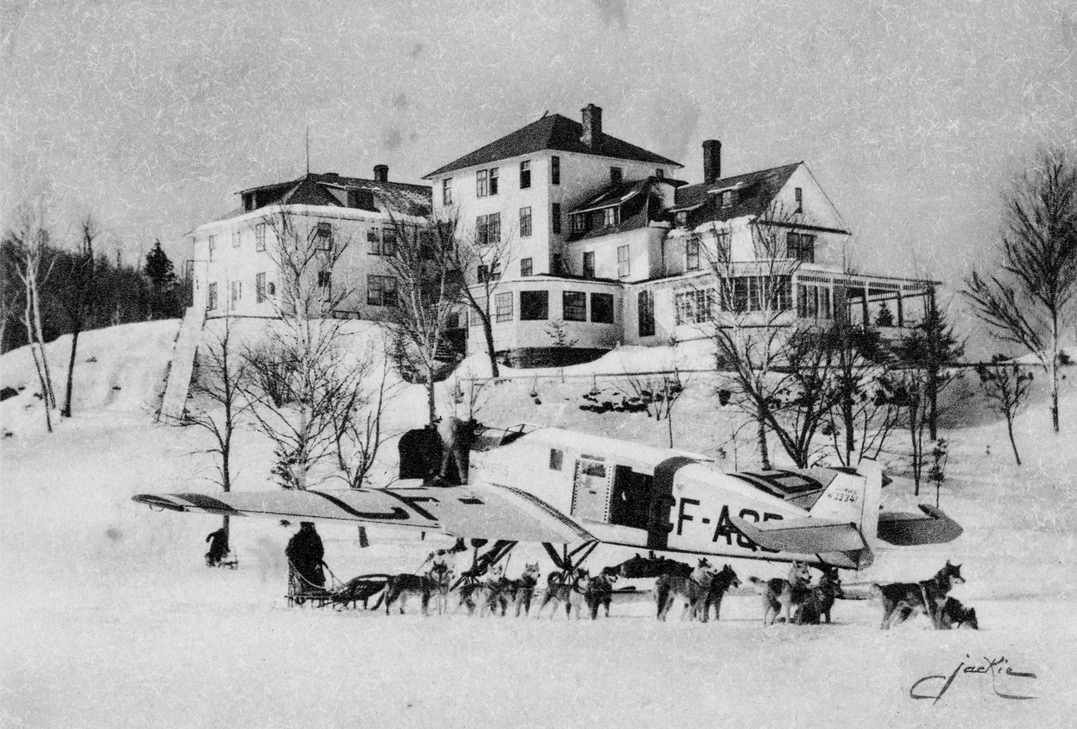
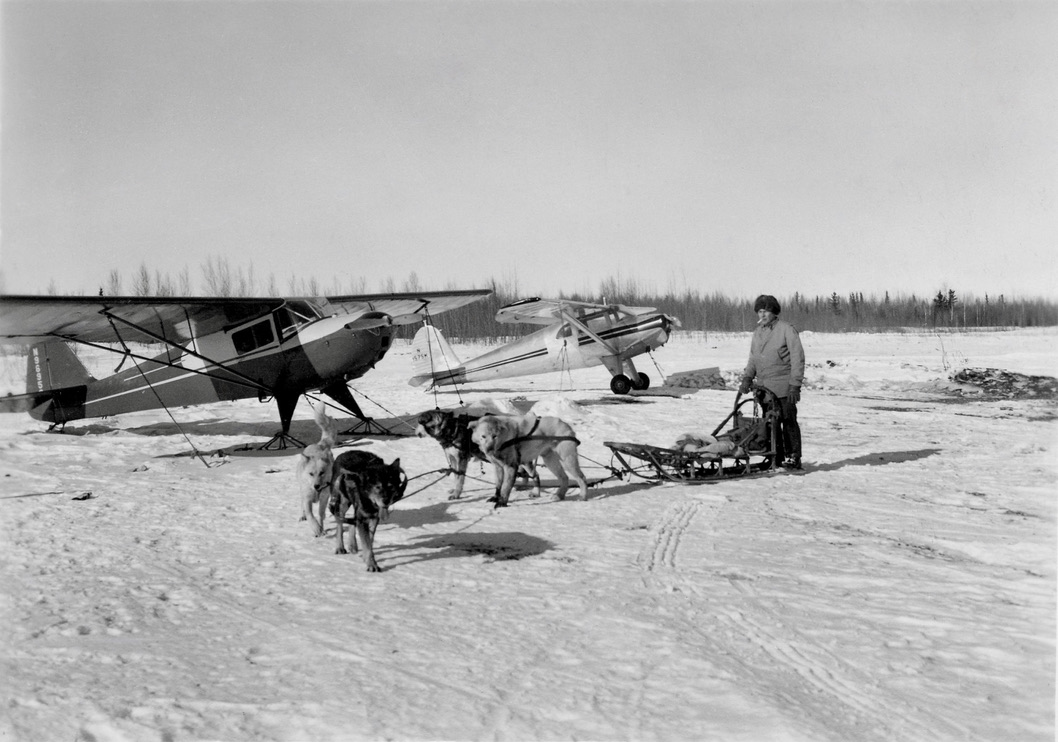
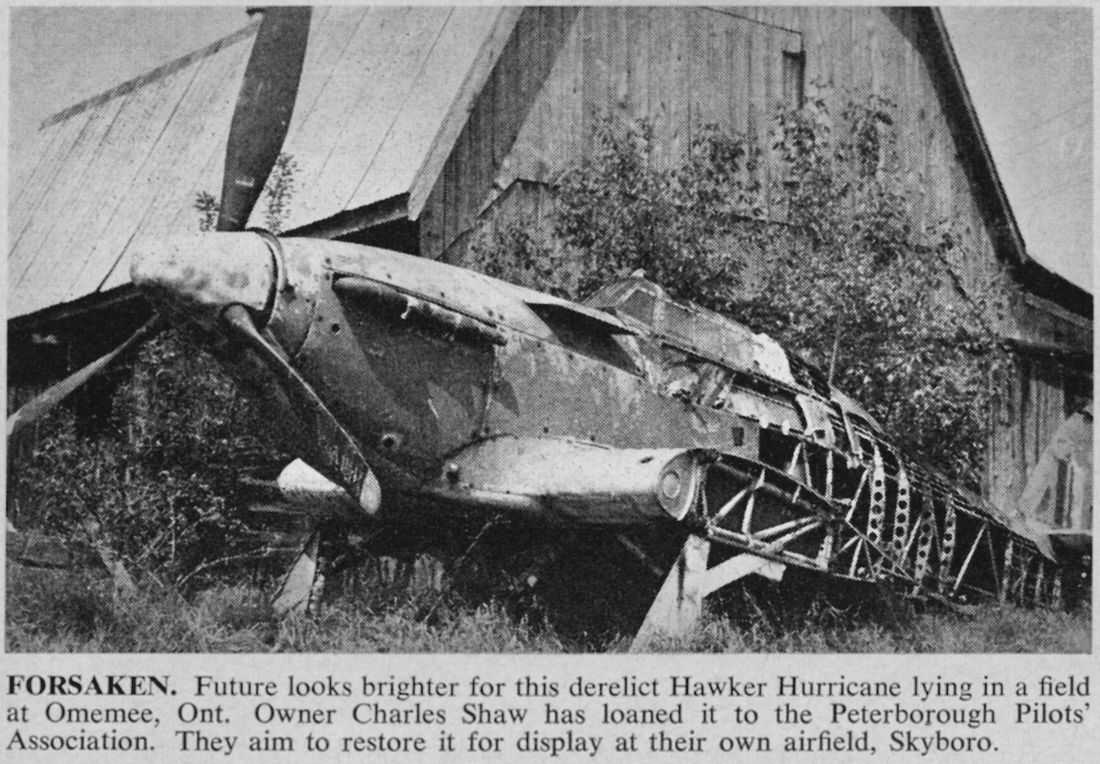
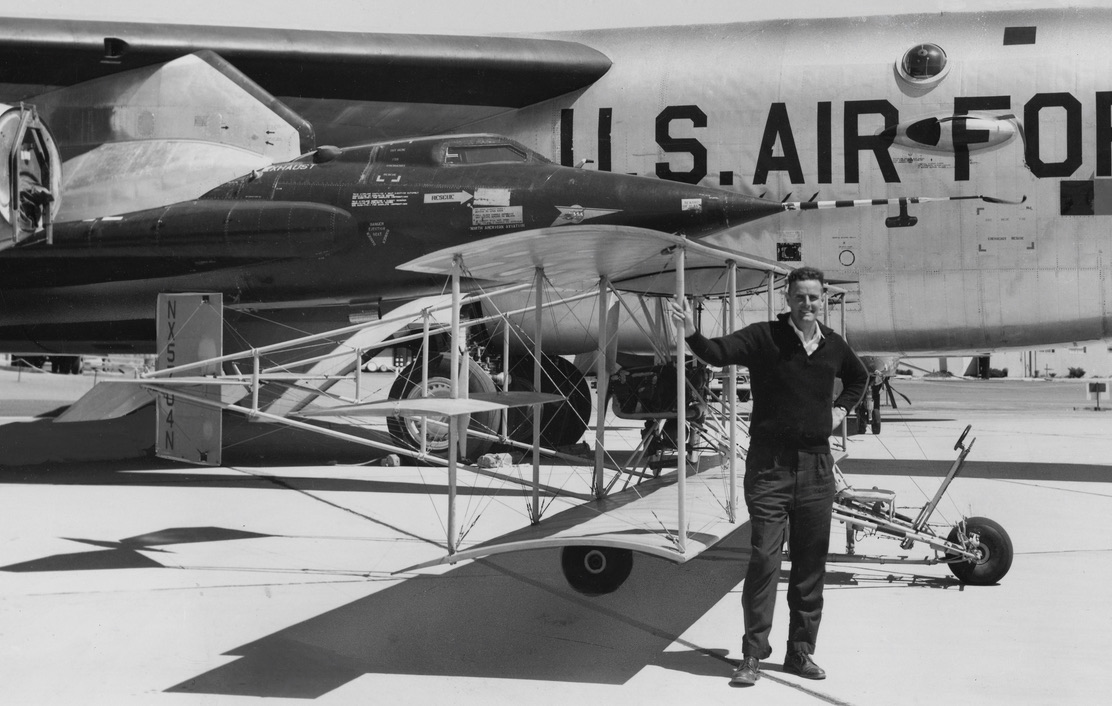
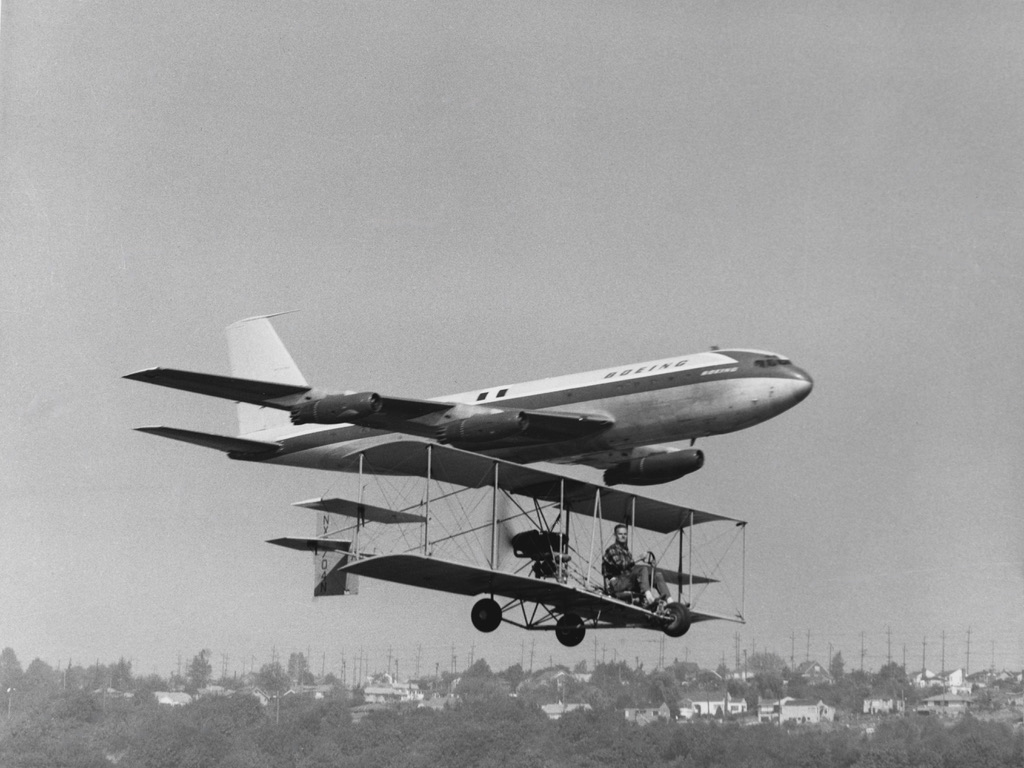
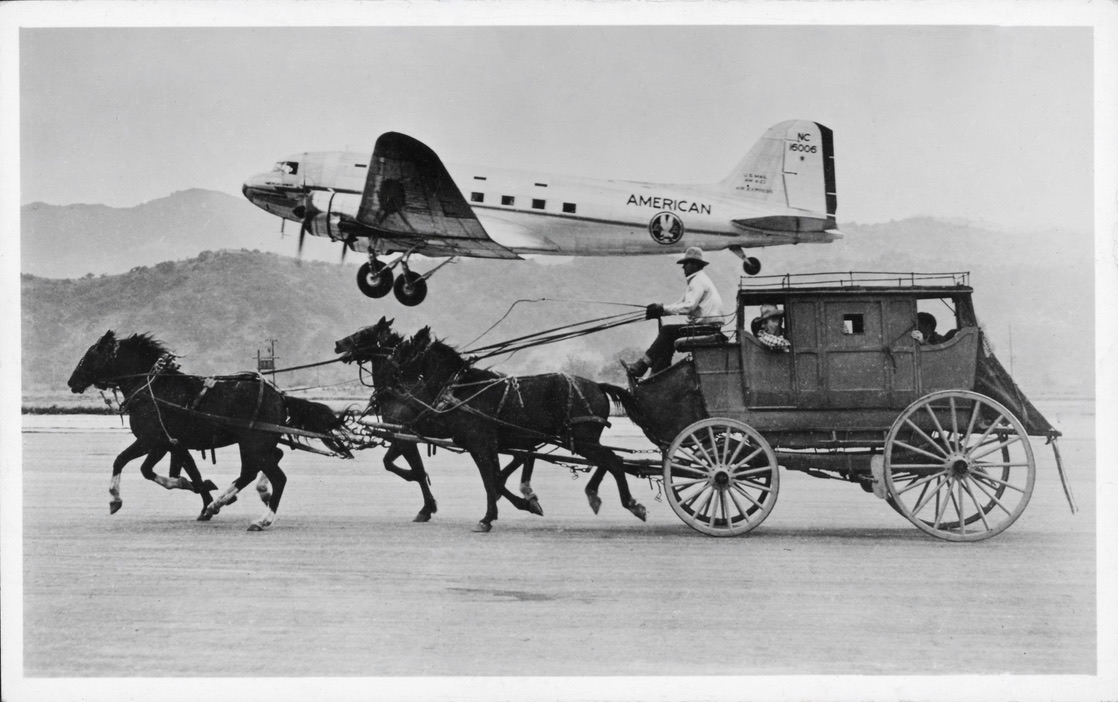
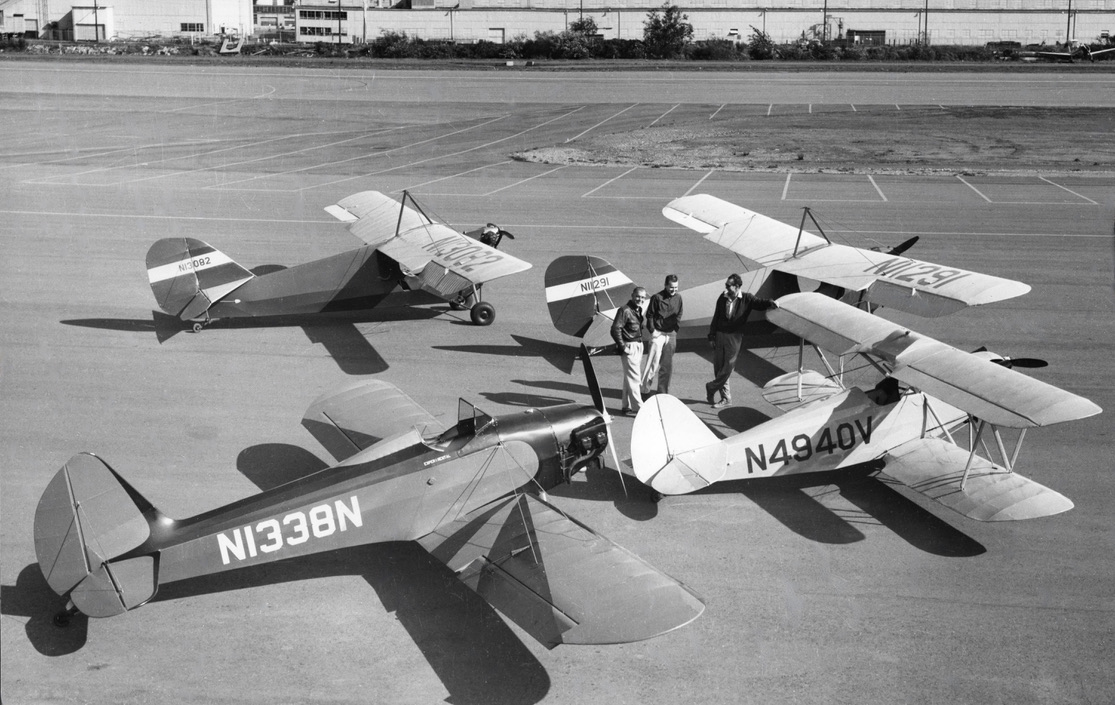
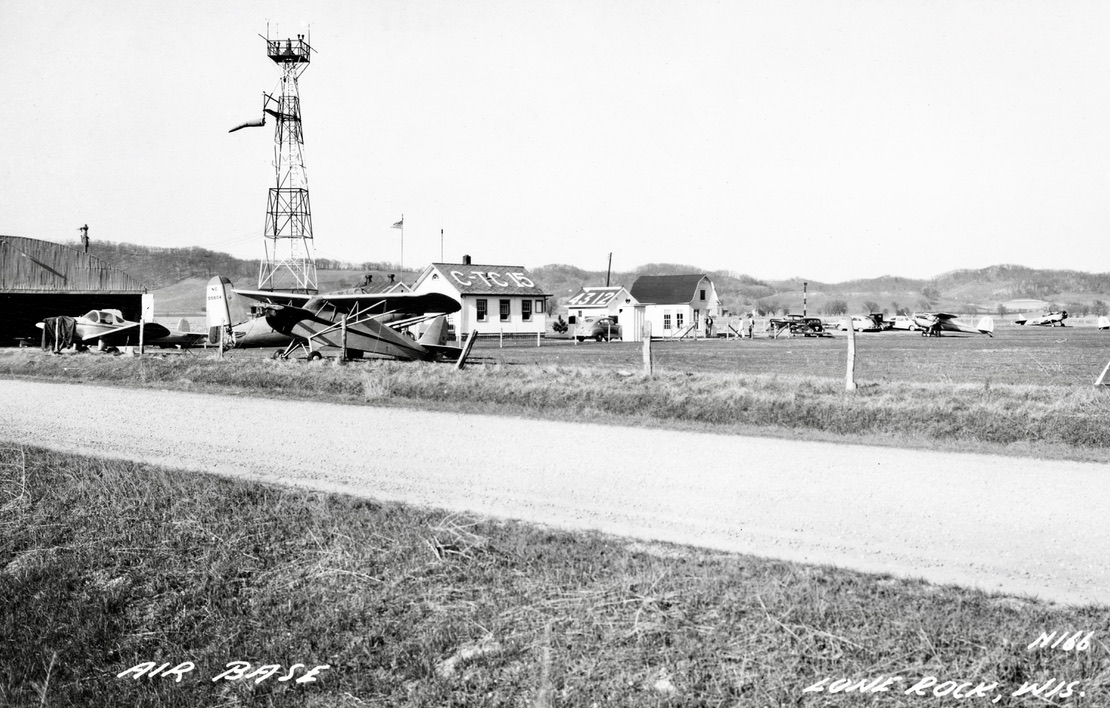
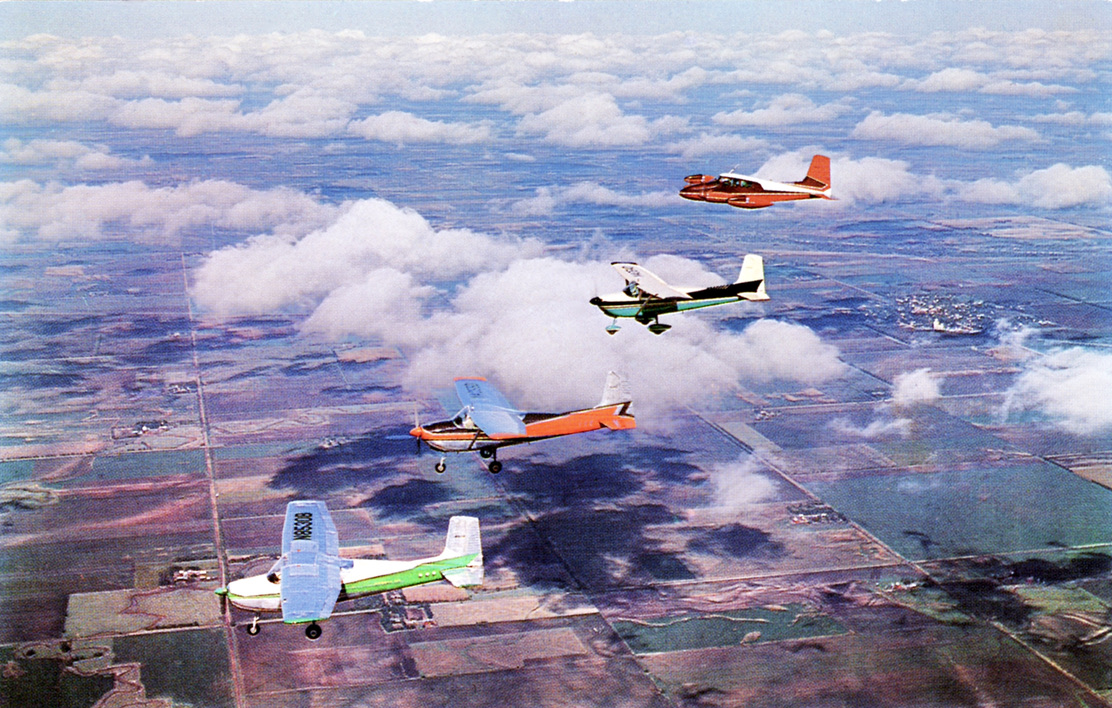
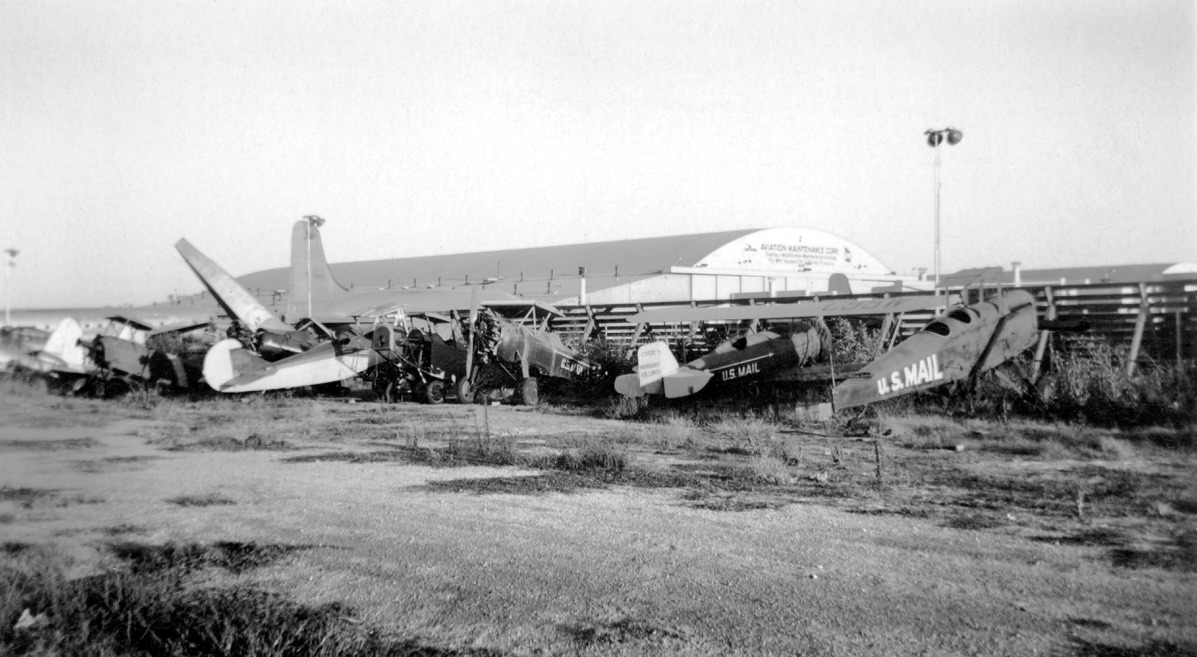
 RSS Feed
RSS Feed